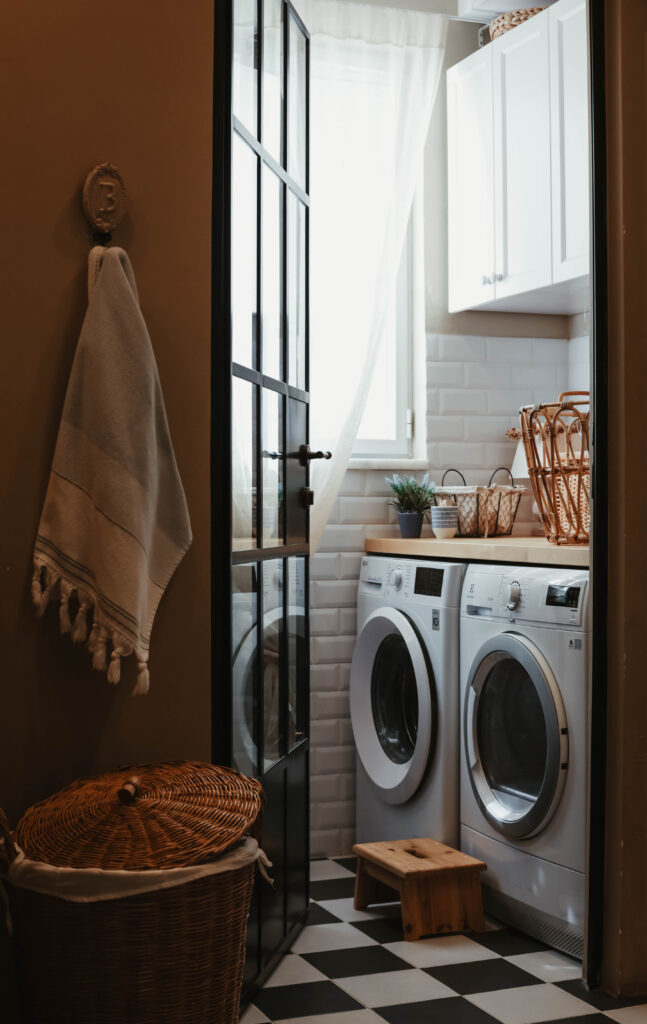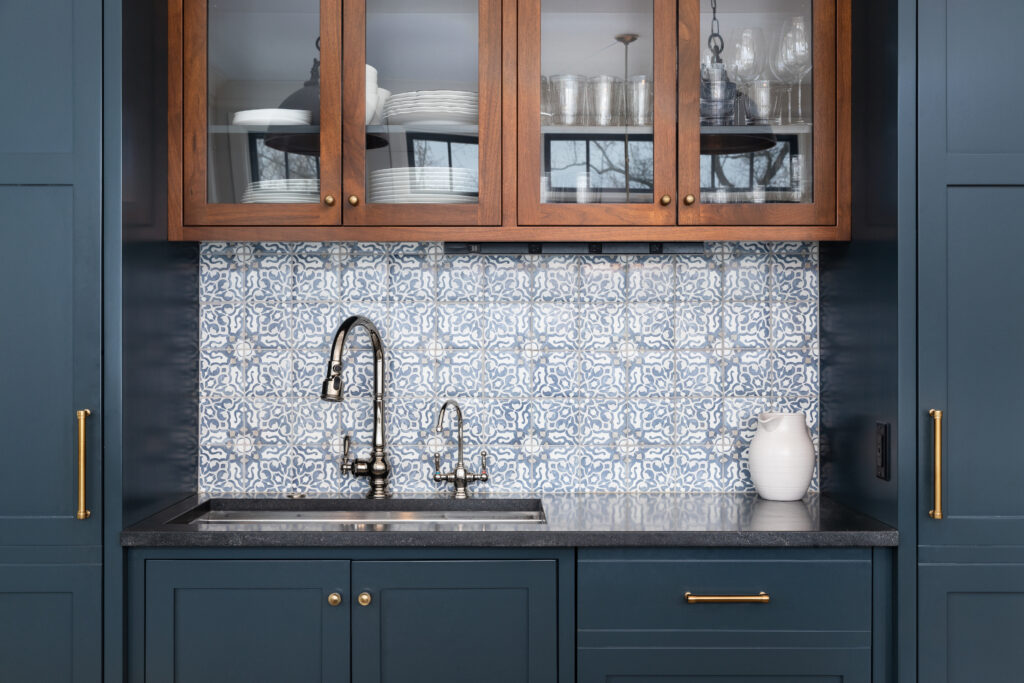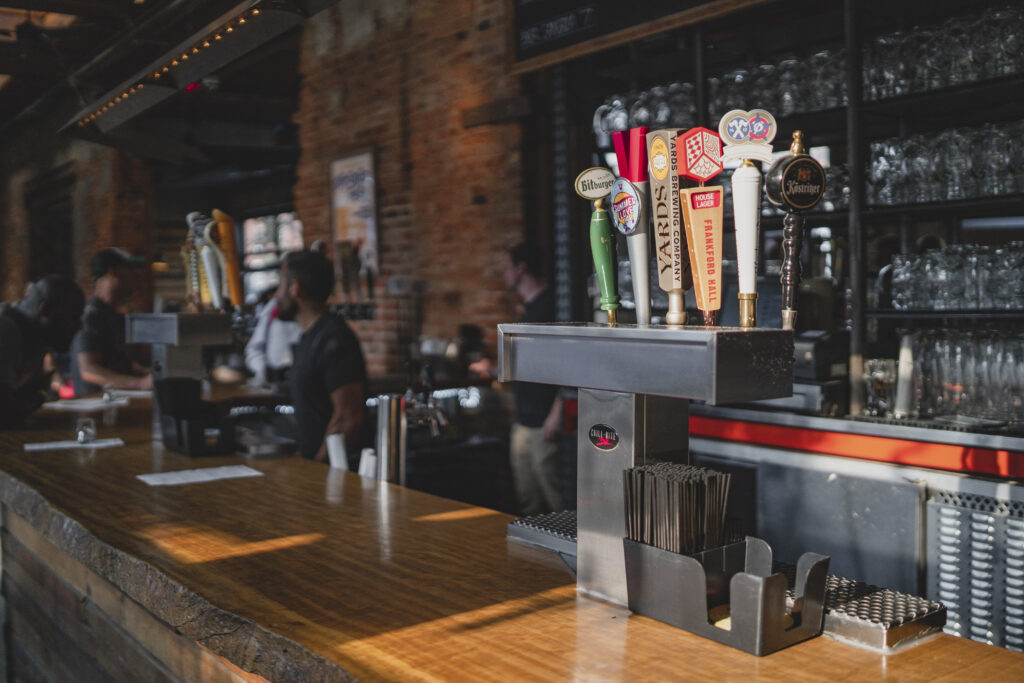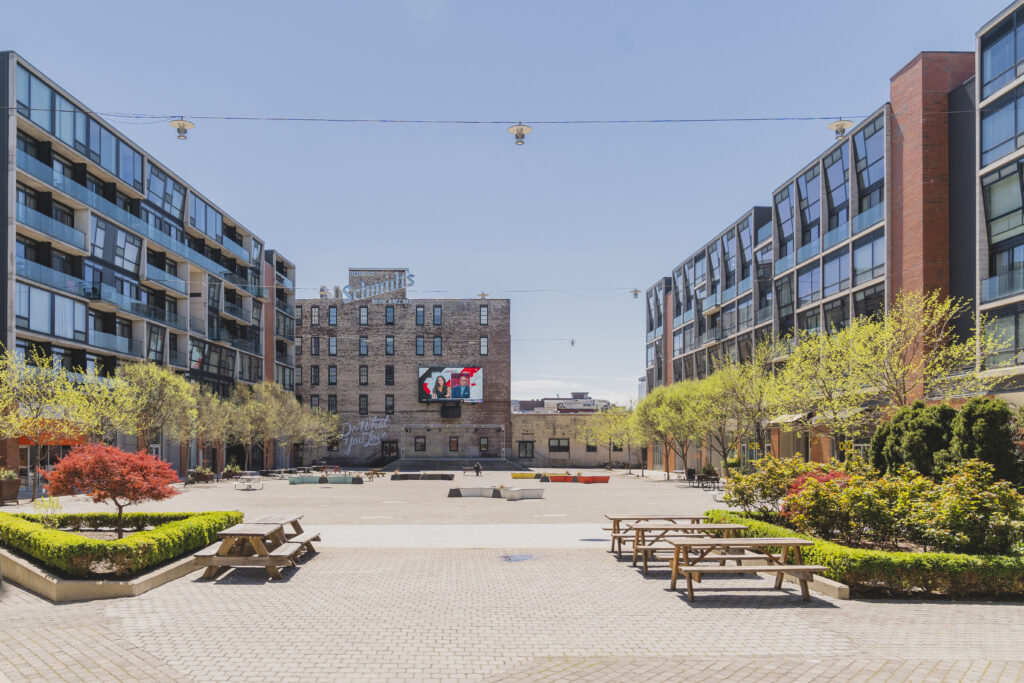
As 2025 draws to a close, I’m reflecting on a year filled with meaningful memories created with clients, friends, family, and business partners. Thanks to a successful year of both professional and personal growth, I’m excited to welcome the new year with a positive outlook. From getting my doula training complete in April to attending the Compass RETREAT in June, my year was full of new experiences and new people.
This year, I successfully guided 23 families through their real estate journeys. My 18 years of experience, combined with the best-in-class tools and resources available through my Compass partnership, have allowed me to elevate these experiences and ensure success for my clients.
Thank you for being the foundation of my success—I look forward to many more years of serving you with the highest level of expertise and support!
My 2025 Biggest Success Stories…
Success #1
I love my first-time home buyers. This one is special because it goes to show that time can not derail your most important goals. A delay is not a denial!
Elisse and I connected earlier this year. We hit the ground running and found the perfect loft condo – this was the one! It was a long journey with some hills and valleys. But she knew she could, and she DID! Ultimately, this home will be a long-term investment to kickstart her real estate portfolio.


Success #2
Another memorable first-time home buyer success story. This one was extra special as I mentored Sheldon when he first obtained his real estate license over 10 years ago. Boy, did I feel old. When it was finally time to purchase his first home, we got right to work! Between 1st time homebuyer grants and seller concessions, he was able to purchase a home affordably in a developing neighborhood. Ultimately, this home will be a long-term investment to kickstart his real estate portfolio. Can’t wait to do it again, Sam! It was my pleasure to serve!
In 2025, I Hosted Client Events…
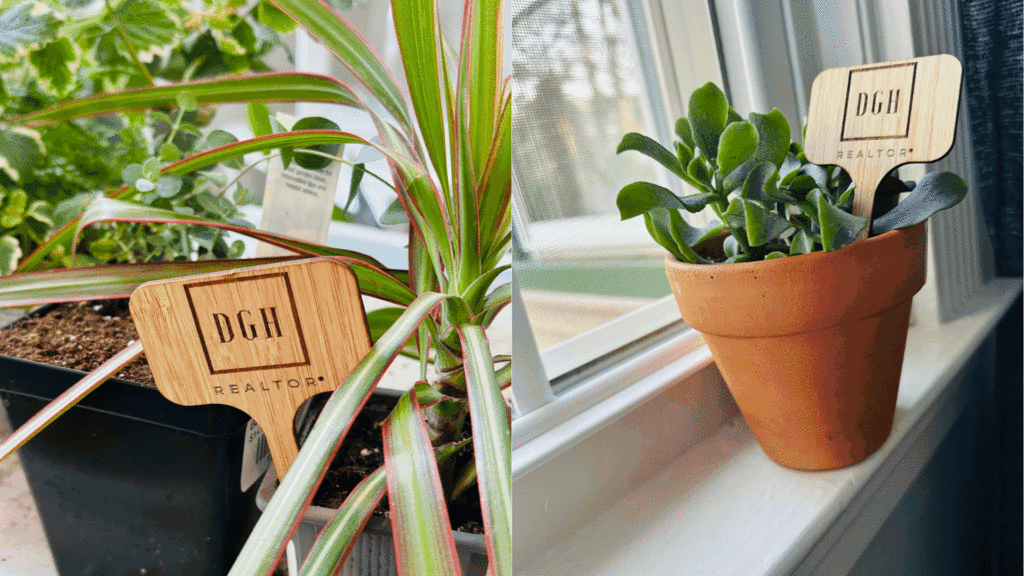
Plants and Perks – June
I hosted a casual pop-up event for clients and friends in June at the new Plants and People location in West Philly. The space was perfect—a cozy café brimming with plants. It was a wonderful opportunity to connect with my community, support a local small business, and send everyone home with their own little green friend as a memento of the day.

Client Appreciation Mini Photoshoot – November
To celebrate my real estate anniversary each November, I host an annual gathering. This event is a way to express gratitude, reconnect with my clients, and provide a lasting memory for the season through a mini-photoshoot opportunity for their families.
In 2025, I Gave Back…
In September, there was a day of heartwarming collaboration as the Compass Cares team and I rolled up our sleeves alongside the incredible folks at Share Food. Together, we delivered 374 boxes packed with essentials to our neighbors, making a tangible difference in the lives of those who need it most.
We just hosted another event in December and packed 602 boxes with about 20 people helping.
In 2026, I hope to continue giving back to our communities with the help of Compass Cares.


In 2025, I Expanded and Connected With My National Network…



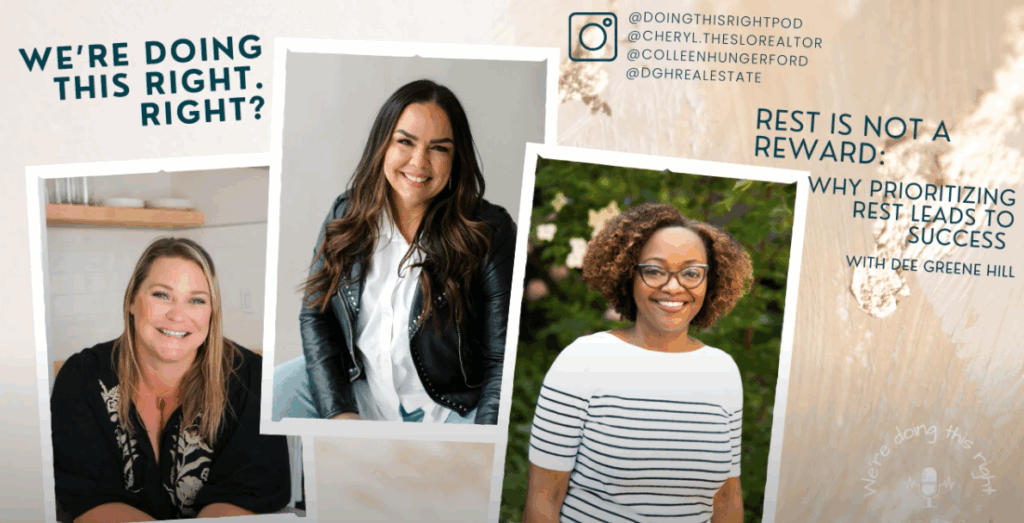
We’re Doing This Right, Right? Podcast | March
It was a privilege to be a guest on an episode of the We’re Doing This Right podcast back in March. The discussion was candid, focusing on the critical need for rest and balance in both personal and professional spheres. This was a great conversation, exploring a challenge commonly faced by professionals in Real Estate and other self-motivated businesses.
Compass RETREAT Denver | June
This was an incredible experience to finally reconnect with the Compass community at our annual national retreat, held this year in the beautiful Mile High City of Denver! Having not attended since 2019, I was particularly excited to dive back into the vibrant energy of the Compass family.
BLK at Compass Retreat Charlotte | September
The September BLK at Compass Retreat in Charlotte was an incredible experience! I’m so grateful for the community we’ve built, and the “Building community for us, by us” theme truly highlighted the power of coming together. It was fantastic to meet and reconnect with so many talented professionals in the business. I left feeling refreshed, inspired with new ideas, and full of gratitude. A huge thank you to everyone who planned the event—it was impeccably done! Counting down the days until Houston next year.
In 2025, I Activated My Personal Interests
As of April of this year, I successfully completed all necessary training and certification requirements to become a certified doula! This has been a long-held passion, and I am thrilled to embark on this new chapter officially. I’m now fully equipped and incredibly excited to begin helping expectant mothers navigate the beautiful, complex, and transformative journey into motherhood.

As I turn the page on a successful 2025—a year where I helped 23 families achieve their real estate dreams, never stopped learning, and got to give back to our community”. Instead of giving back to our community, please change to help build a stronger community

